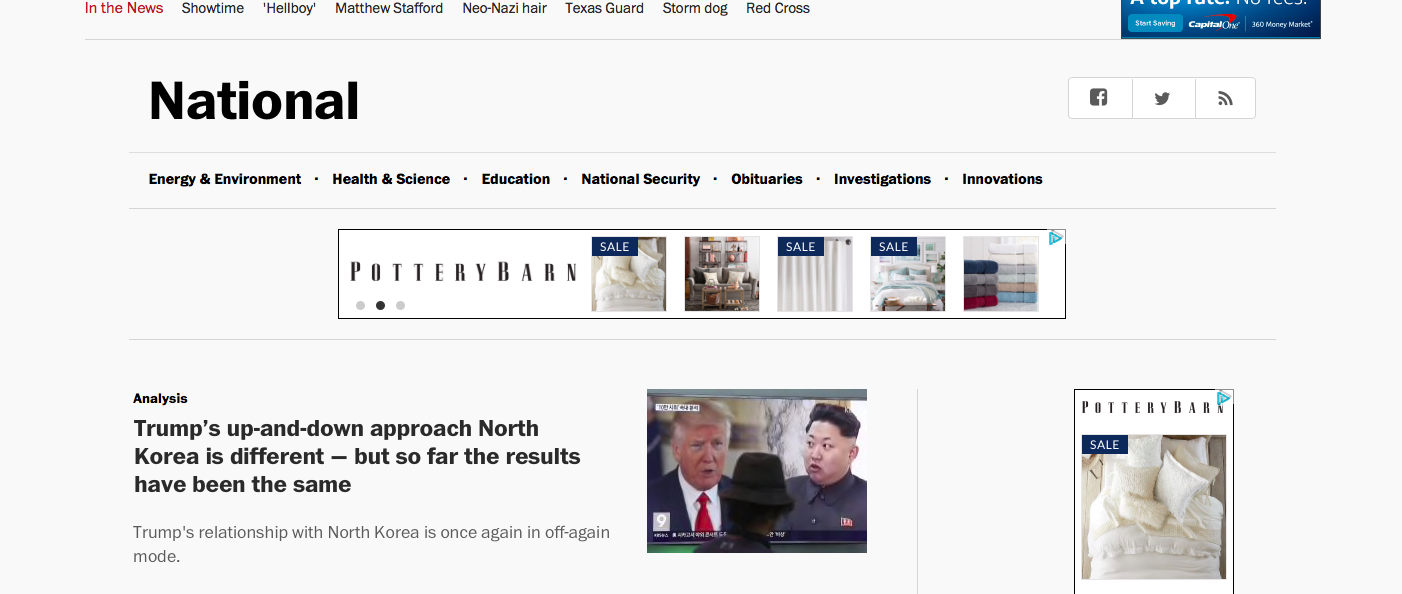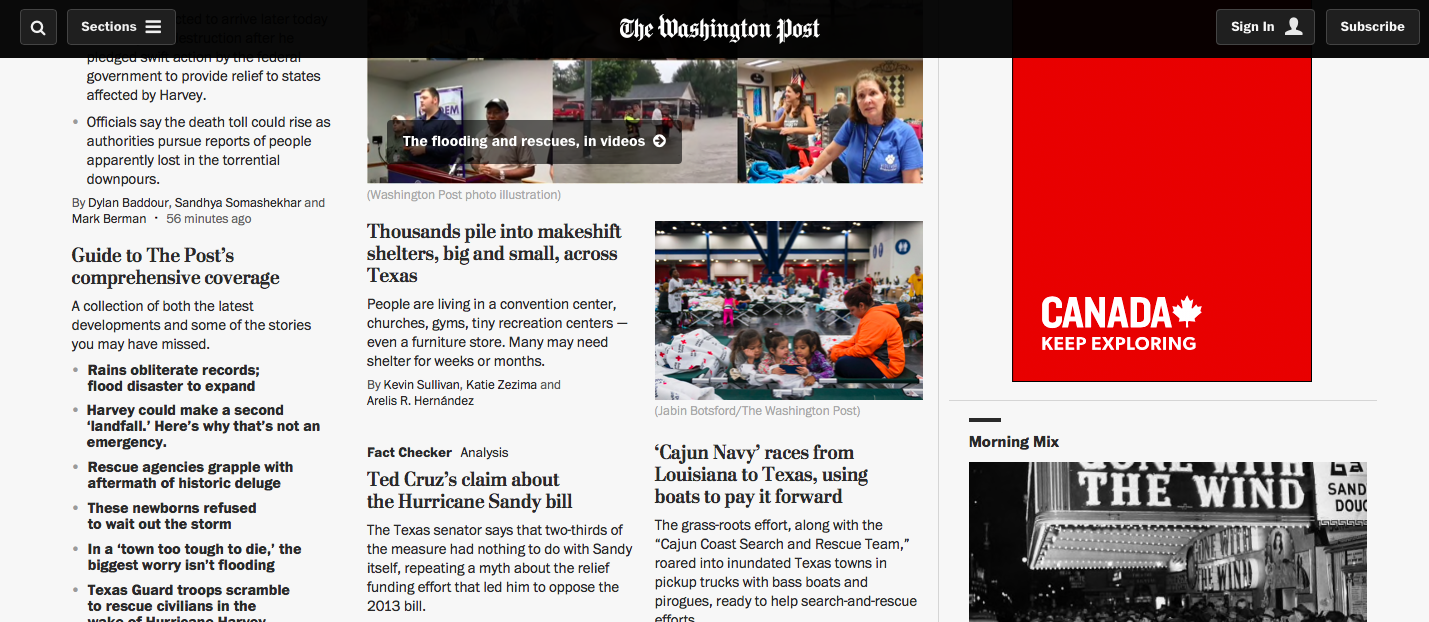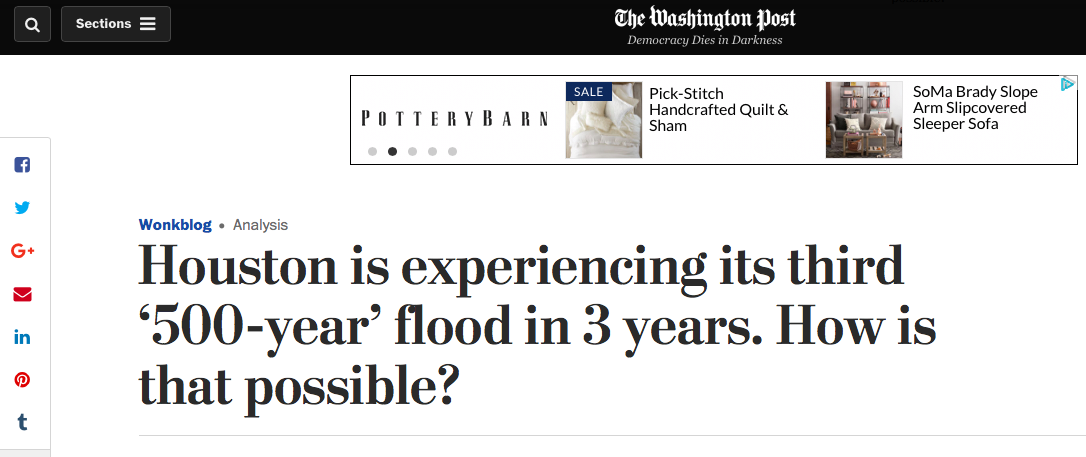Attention designers: pay attention to the creation of labels, tag lines, or whatever you call those small identifiers who tell readers if a story is an analysis, an exclusive, an in-depth piece, etc. Except that now, in the era of alternative facts, fake news, and the constant barrage of commentary, especially online and in broadcast media, readers are confused about what is news and what is opinion.
So concludes a study by API (American Press Institute) tells us that people are finding it difficult to tell the difference between news and opinion: 32% of Americans find it difficult to distinguish news from opinion in the media.
That’s an impressive number. It should not be.
Also, a new analysis by the Duke Reporters’ Lab finds that news organizations employ inconsistent terminology and labeling when it comes to news, opinion and analysis. That inconsistency creates confusion for readers, the Reporters’ Lab says.
I know first hand how important labels are, especially for the design of websites and content to be consumed on mobile devices. But labeling has always been important, and in all of of my projects a good portion of the design strategy has always included labeling.
Now we find out that regular news stories perhaps should be labeled too. This may shock some designers who will find that the repetition of a tag line that says news several times on a screen or page is probably too much visually. This is where the visual and the journalistic may have to reach a compromise.
Apparently, we are not doing enough to clarify the differences between news and opinion pieces:
A majority of news publications are not doing enough to label their content. Of the 49 publications we studied, only 20 of them — about 41 percent — labeled article type at least once, in at least one section of their website. But of those 20 that included labels, 16 of them (80 percent) only featured labels in their opinion section, such as editorial, commentary, column/columnist and letters. Even within those opinion sections, label consistency was poor, and labels were difficult to locate in many cases.
Who does the labeling best?
Surprisingly, The Washington Post, according to Duke Reporter’s Lab’s Rebecca Iannucci.

![]()



Important to label story itself
I am delighted to read in this report that one must label the story itself, NOT an entire section. I have always hated it when I see labeling such as NEWS for many stories grouped under that one label. This does not work. Never did, never will. So perhaps the solution is to label each story. Remember, in today’s environment, many readers already come to our publications thinking that journalists are biased , so the labels are going to go a long way to help change that perception.
Digital Media North America
http://events.wan-ifra.org/events/digital-media-north-america-2017

This two-day event, organized jointly by WAN-IFRA and the News Media Alliance (NMA), will provide a unique opportunity for North American news media executives to hear and discuss digital revenue strategy from the world’s most advanced media companies.
I will be one of the speakers for this conference in New York City.